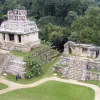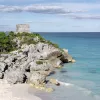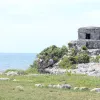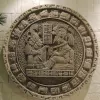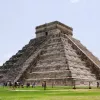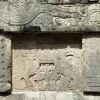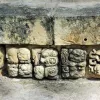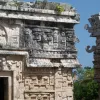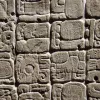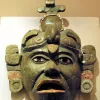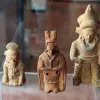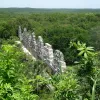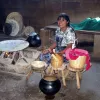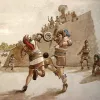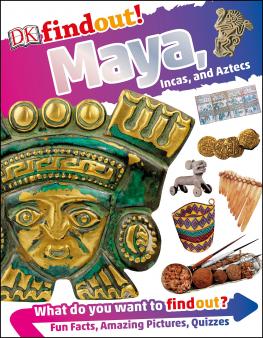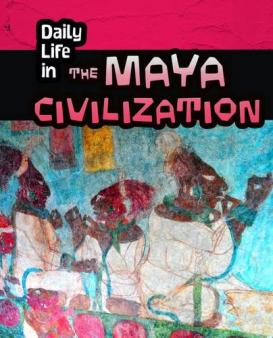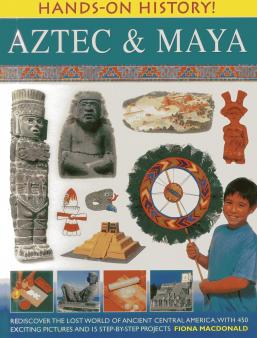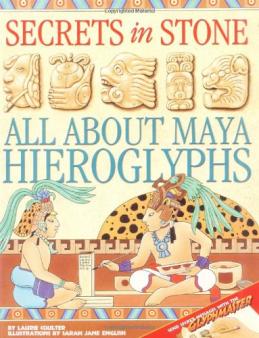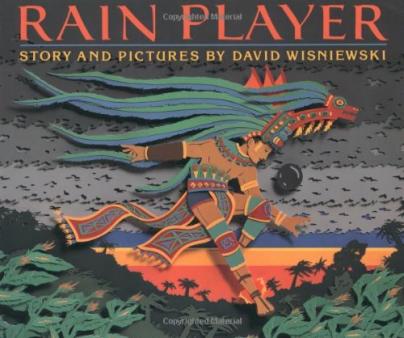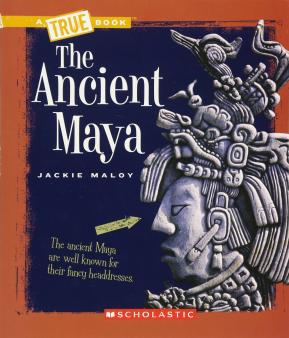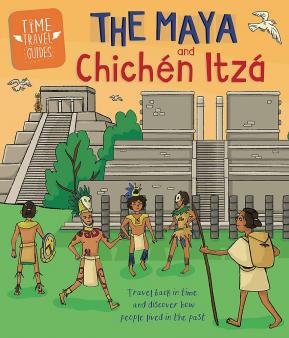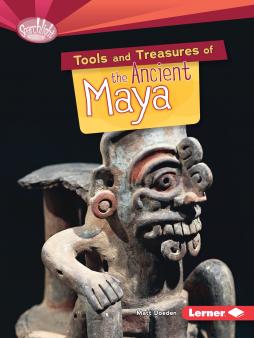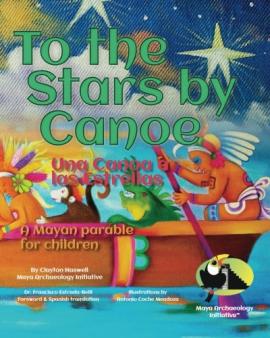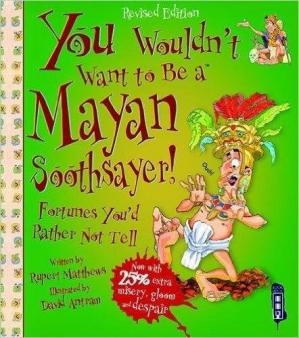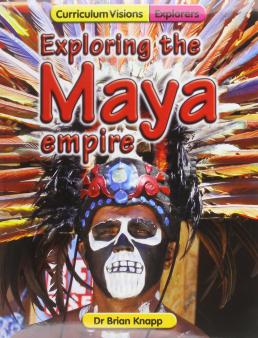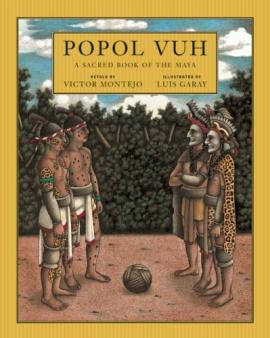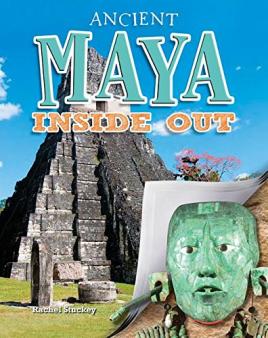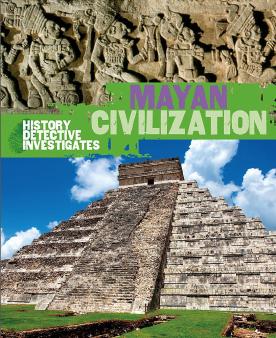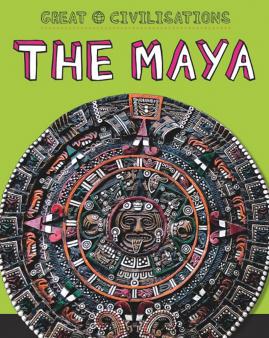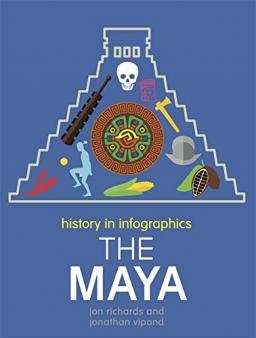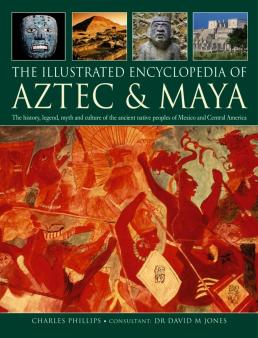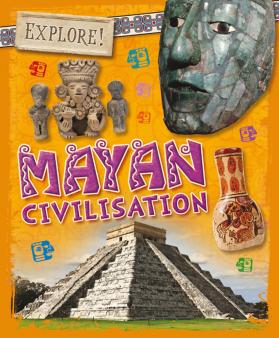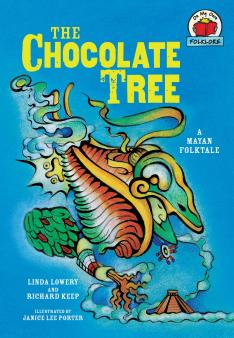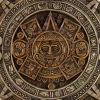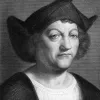Important update from TheSchoolRun
For the past 13 years, TheSchoolRun has been run by a small team of mums working from home, dedicated to providing quality educational resources to primary school parents. Unfortunately, rising supplier costs and falling revenue have made it impossible for us to continue operating, and we’ve had to make the difficult decision to close. The good news: We’ve arranged for another educational provider to take over many of our resources. These will be hosted on a new portal, where the content will be updated and expanded to support your child’s learning.
What this means for subscribers:
- Your subscription is still active, and for now, you can keep using the website as normal — just log in with your usual details to access all our articles and resources*.
- In a few months, all resources will move to the new portal. You’ll continue to have access there until your subscription ends. We’ll send you full details nearer the time.
- As a thank you for your support, we’ll also be sending you 16 primary school eBooks (worth £108.84) to download and keep.
A few changes to be aware of:
- The Learning Journey weekly email has ended, but your child’s plan will still be updated on your dashboard each Monday. Just log in to see the recommended worksheets.
- The 11+ weekly emails have now ended. We sent you all the remaining emails in the series at the end of March — please check your inbox (and spam folder) if you haven’t seen them. You can also follow the full programme here: 11+ Learning Journey.
If you have any questions, please contact us at [email protected]. Thank you for being part of our journey it’s been a privilege to support your family’s learning.
*If you need to reset your password, it will still work as usual. Please check your spam folder if the reset email doesn’t appear in your inbox.
The Maya
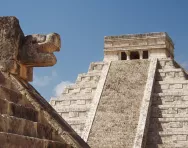
The first Mesoamerican civilisation to develop writing, the Maya lived in central America around 4000 years ago (2000 BC) and developed a sophisticated culture of city states with fine monumental buildings and characteristic stepped pyramids.
The Maya were advanced in their use of mathematics and renowned for the accuracy of their calendar.
Top 10 facts
- The Maya civilisation extended from what is now South East Mexico through Central America.
- This area included highland and lowland settlements and a variety of climate zones, including rainforest. Crops grown in the lowlands were traded for mineral ores and rocks from the mountainous areas.
- Although the Maya had metal-working skills, metal ores were scarce. The Maya used stone tools to carve the limestone that they used for their buildings.
- The Maya did not use wheels or pulleys for their building projects.They did not have draught animals capable of heavy labour. Building materials were transported by human porters or canoes.
- Archaeological evidence suggests that Maya settlement in Mesoamerica probably dates from the third millennium BC. The Mayans of the classic period c200-900 AD adopted many aspects of the earlier Olmec culture and were also influenced by surrounding cultures such as that of the great Aztec city of Teotihuacan.
- Maya religion was extremely bloodthirsty, demanding human sacrifices and blood-letting rituals. The Maya believed in an afterlife and that those who were sacrificed, as well as those killed in war and women who died in childbirth, went to ‘the place of misty sky’.
- Maya society was formed of a number of city states each with their own ruler. Each city was surrounded by rural settlements.
- At the top of Maya society were the King and Royal family who were believed to be closely linked to the gods. An educated elite of scribes, priests and nobles formed the ruling class. They occupied the finest buildings in the city.
- The Maya were sophisticated mathematicians who made use of the number zero. They used base 20 in their calculations. They were keen astronomers who were able to predict solar eclipses. Their complex calendar system was one of the most accurate of the ancient world.
- No one knows for sure why the Maya civilisation went into decline. Possible explanations involve the overuse and exhaustion of farming land, prolonged drought, misrule, warfare and disease.
Timeline
- 750 BCThe first Maya cities developed
- 250 BCFirst inscription in Mayan hieroglyphs

- 100 BCFirst city states appear
- 219 ADKing Yax Moch Xok is first King of Tikal
- 292 ADFirst stelae carving at Tikal
- 420 ADGrowth of city of Copan under Yax K’uk Mo
- 615-683 ADRule of King Pakal of Palenque
- 800 ADCity of Tikal has up to 100,000 residents
- 800-900 ADBuilding of stepped pyramid of Chichen-Itza

- 822 ADCity of Copan deserted
- 869 ADCity of Tikal abandoned
- 909 ADLast recorded inscription of classic Maya

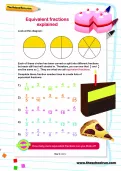
Boost Your Child's Learning Today!
- Start your child on a tailored learning programme
- Get weekly English & maths resources sent direct to your inbox
- Keep your child's learning on track
Did you know?
- The Maya made books called codices out of paper bark. Unfortunately the Spanish conquistadors destroyed most of these codices in an attempt to stamp out native religion and only four survive today.
- Maya pyramids were originally covered in plaster and painted red.
- The first date on the Maya calendar equates to 11 August 3114 BC.
- The Maya tied boards to their babies' heads to produce a flat forehead. They also tried to make their babies cross-eyed! Big noses were also considered beautiful.
- The complex writing system developed by the Maya was unique among American civilisations.
- The Maya played a complex ball game with a rubber ball which had to be manoeuvred through high stone hoops to score; historians think this was the earliest team sport in the world.
- The Maya maths system included the concept of 0 and the Maya were able to do advanced mathematics and astronomy.
- The Maya pyramid at Chichen-Itza has 365 steps. It is positioned so that at the spring and autumn equinoxes shadows appear to show the plumed serpent God Kukulkan descending the stairs.
Look through the gallery and see if you can the spot the following:
- Maya ruins in Tulum, Mexico
- The Maya calendar
- Chichen Itza
- Maya hieroglyphics
- Art of the Maya
- Mayan ruins in Yucatan, Mexico
- Traditional Maya cooking
- Artist's impression of the Mesoamerican ball game
Gallery
About
Classical Maya civilisation is dated to between the years 200-900 AD.
During this period as many as 40 great city states developed, with most ranging in population from 5,000 to 50,000 people. Some authorities suggest that Tikal may have had a population of up to 100,000 people by 800 AD. These urban centres were supported by rural outlying areas of farmers and smaller settlements. Most city states had their own kings but some may have been subject to the rule of more powerful neighbours.
The decline of the Maya civilisation, for example the abandonment of cities in certain regions, seems to have begun around 800 AD.
In the lowland areas crops such as maize, cacao, beans, avocado, squash and chilli were grown. Dogs were kept for meat and animals such as turkeys, rabbits, deer and agouti were hunted for food. Highland areas provided stones such as obsidian and jade and ores such as hematite. Quetzal feathers were highly prized for headdresses. Clothing was made from woven cotton or sisal.
Maya cities are characterised by a range of monumental architecture including temples, stepped pyramids, ball courts, observatories and palace complexes. Large plazas, roads and reservoirs were also built. These are decorated with sculptures and hieroglyphs detailing aspects of warfare, dynastic succession and religious ritual. A high degree of artistry was achieved and this is evident also in pottery, wall paintings, jade carvings and feathered headdresses.
The Maya calendar had three aspects: a civil calendar of 365 days; a religious calendar of 260 days and a long-count calendar divided into cycles called baktuns. The civil and religious calendar worked together in 52 year cycles. The baktun was a cycle of 400 years.
Maya mathematics was also highly advanced and the use of zero meant that lengthy and complex calculations could be completed accurately.
Maya religion influenced most areas of life. The Maya believed that life was a cycle and that people progressed through various stages before reaching ‘the place of misty sky.’ Their gods were bloodthirsty and human sacrifice was required to appease them. The King was believed to be a representative of the gods. Months were dedicated to gods and their portraits adorned the faces of buildings.
The famous Maya ball game was also a religious ritual.
Related Videos
Just for fun...
- Make your own paper Maya temple, the Temple of the Inscriptions in the Maya city of Palenque
- Play Lotería, a bingo-like game, to get to know Maya cultural symbols such as calendar glyphs
- Learn to multiply, Maya style!
- Maya colouring pages
- Convert dates in our calendar into a corresponding one in the Maya calendar system
- Take a Maya quiz to show off your knowledge!
- Prepare a cup of Maya-style hot chocolate
Best children's books about the Maya
Find out more
- Look through BBC Bitesize's interactive guide to the ancient Maya and find out what games the Maya played (just two of the BBC Maya Civilisations guides for kids)
- 10 amazing facts about the Maya
- Information about how archaeology is helping us understand the Maya world
- British archaeologist Dr Diane Davies has written lots of KS2 history guides to different aspects of Maya life: listen to her kids' introduction to the Maya world, the Maya writing system, Maya numbers, the Maya calendar, the Maya ballgame, Maya music, Maya cities and architecture and Maya chocolate
- Read Maya hieroglyphs carved on a stone monument and hear them spoken aloud
- The Maya were also known as People of the Jaguar
- A children's introduction to the Maya civilisation
- Information about the Mayan languages, with audio files to listen to
- Read about the Maya people and the links between the Maya and the Sun, the Maya creation story, how the Maya calendar worked and why corn was important to the Maya
- Watch National Geographic videos about the Maya to find out about Maya caves, the Maya story of creation, a Maya royal palace and the ancient Maya city of Xocnacah, which had a central platform structure that held thousands of people in an area the size of 4 football fields!
- Chocolate and corn were the most important Maya foods
- A Maya stone carving of a Mesoamerican ball game player
- Find science activities and information about ancient and modern Maya culture on Maya Adventure
- A glossary of Mayan words
- Experts answer children's questions about the Maya
- Find out about cenotes (natural wells) of Chichén Itzá and try your own dissolving experiment to see how they developed
- See an interactive map of the Maya world
- Read the Maya Legend of the Dwarf and the Governor
- Examine Maya artefacts like the Maya maize god and the lintel from a Maya building
- Find out how the Maya excelled at architecture, agriculture, written language and mathematics in a downloadable National Geographic resource
- Information about the fall of the Maya civilisation
See for yourself
- Visit the British Museum to see Maya artefacts
- Look at reconstructions of Maya sites
- Images of the World Heritage site of Chichén Itzá
- It's the closest thing to actually being there: experience the Google virtual reality tours of ancient Maya sites online
